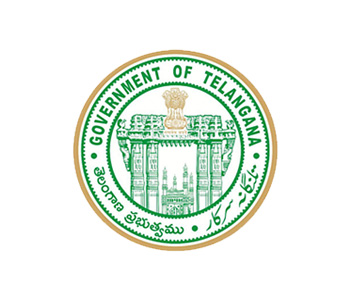SUSTAINABLE TOURISM AS A SOLUTION TO DEVELOPMENTAL CHALLENGES
Sourajyoti BaksiMehuli Das
ABSTRACT
Sustainable tourism, according to the United Nations World Tourism Organization, is tourism that preserves and enhances opportunities for the future while simultaneously meeting the requirements of current tourists and host regions. The goal of sustainable tourism is to minimise or eliminate any negative effects on the natural, historical, cultural, or social environment while maintaining the economic and social benefits of tourism development.
A symbiotic relationship is formed between the authentic lives that the locals live and the benefits of tourism for those looking to travel. Sustainable tourism has emerged as a result of the need to meet the needs of visitors and locals as well as preserve the ecological, social, and cultural wealth that defines humanity's shared heritage. Forms such as ecotourism and rural tourism show that the goal is for tourism to be both a real solution for the unmodified preservation of the environment and a positive and dynamic growth factor. However, the tourism industry needs a lot of amenities and infrastructure to meet the needs of tourists. This research highlights the challenges of execution and proposes suggestions to overcome the obstacles in implementing sustainable tourism practises. With this as our context, if a model of sustainable tourism is to be implemented in an underdeveloped area, it would give the government incentive to build lines of transportation, better infrastructure, and create job opportunities for the locals.
This article showcases the example of a tribe in Arunachal Pradesh and its developmental challenges to illustrate the benefit of sustainable tourism to the ecosystem and economy. The paper discusses success stories of such a model from similar areas to highlight the infallibility of the two-pronged solution.
Keywords – Gandhigram, Lisu tribe, Custom model, Sustainable tourism, sustainable practices
AFFLIATIONS / CERTIFICATIONS
Testimonials
Address
National Institute of Tourism & Hospitality Management, Telecom Nagar, Gachibowli, Hyderabad – 500032, Telangana Government, IndiaCall Us
Landline: 040-23000472 / 473Whatsapp No: +91 95537 00035
Mail: director@nithm.ac.in
Working Hours
Monday – Saturday : 09:00 – 17:00Sunday : Closed
















